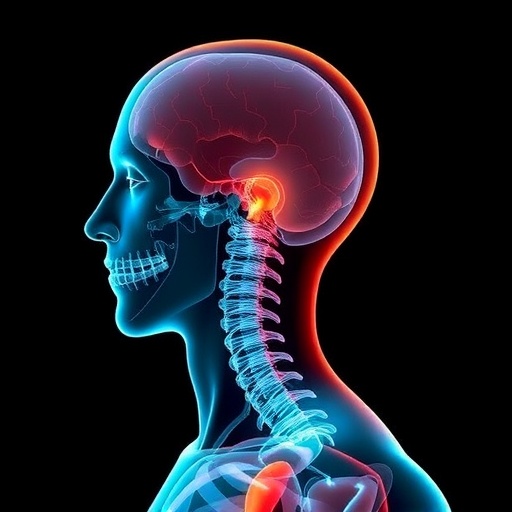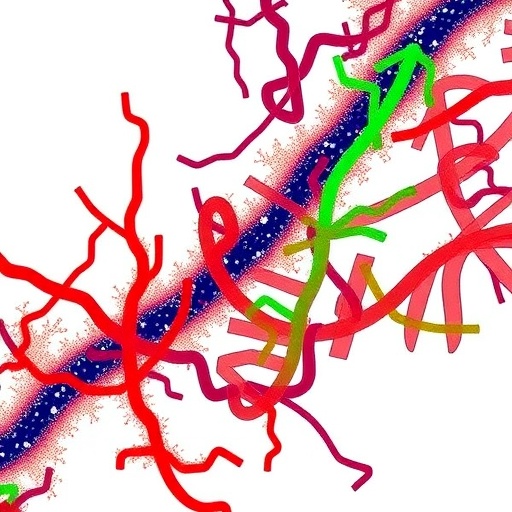
Credit: UC San Diego
Engineers at the University of California San Diego have developed a new non-invasive method to detect infections in prostheses used for amputees, as well as for knee, hip and other joint replacements. The method, which is at the proof of concept stage, consists of a simple imaging technique and an innovative material to coat the prostheses.
"Current methods to detect infection require patients to undergo burdensome imaging procedures, such as an MRI, CAT scan, or X-rays," said Ken Loh, a professor of structural engineering at the Jacobs School of Engineering at UC San Diego and the lead researcher on the project. "By contrast, our method could be easily used in a doctor's office or in the home and, potentially, provide quantitative diagnostic-relevant information about the extent and locations of the infection."
Researchers detailed their findings on Dec. 7 at the 6th Asia Pacific Workshop on Structural Health Monitoring in Hobart, Tasmania, Australia.
The imaging technique the researchers relied on is an improved version of electrical capacitance tomography–or ECT– which measures the human tissue and prosthesis' electrical properties using safe electrical fields. An algorithm processes the measurement data to allow physicians to reconstruct a predetermined area's electrical properties to reveal the health of the tissue, bone and prosthesis. Infection causes changes in the field, which can be detected via ECT. Loh and Ph.D. student Sumit Gupta improved the algorithm to make it more accurate.
In addition, Loh and Gupta developed a thin-film sensor that could be sprayed onto a prosthesis to improve the imaging technique's ability to detect infection or other issues occurring in the tissue or prosthesis.
The film is made of a conductive polymer matrix that is sensitive to pH, as well as carbon nanotubes embedded in the matrix that increase the material's ability to conduct electricity more sensitively regardless of the pH level. Infections caused by different microorganisms often change the local pH in human cells and affect their ability to conduct electricity.
"This is a new modality of sensing that hasn't been widely used to detect infection before," Loh said.
To test their system, the researchers spray-coated a plastic rod – as a surrogate of an actual prosthesis – with the thin-film sensor and then exposed it to several solutions that changed its pH. After each exposure to a solution, the researchers used their prototype system to scan the rod to obtain electrical measurements for their ECT algorithm. The method successfully detected the location of the rod and a change in the rod's electrical properties due to changes in pH.
"The combination of these two techniques makes our method optimal and, potentially, highly sensitive to different complications related to these prostheses and implants," Loh said.
He envisions multilayered thin-film sensors coated onto prostheses where each layer can detect different signals, such as for monitoring stresses and strains of the actual prosthesis, loosening, infection and pH changes.
Next steps would include refining the measurement setup and to conduct animal testing, which is about three years out, Loh said.
###
Media Contact
Ioana Patringenaru
[email protected]
858-822-0899
@UCSanDiego
http://www.ucsd.edu
############
Story Source: Materials provided by Scienmag




